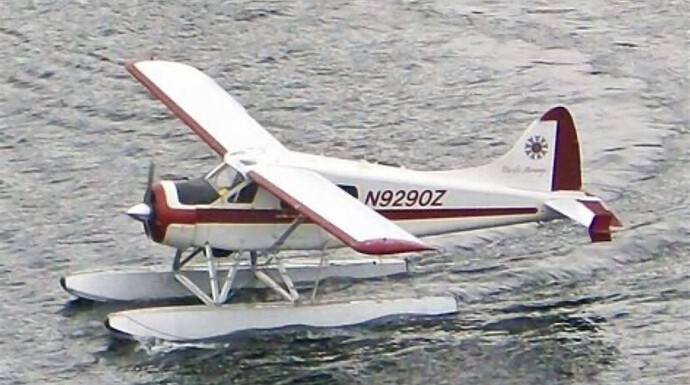I happened across this article in AeroTimes questioning whether the whole eVTOL / “flying taxi” meme will ever gain traction:
Will the eVTOL aircraft project succeed or end in failure? (aerotime.aero)
Funny how Mike Barnard seems to pop up whenever there’s a need for a skeptical voice among the incessant din of irrational exuberance over new ideas for flying things.
I remember the founder of JOBY being at the first High Altitude Wind Energy Conference in 2009.
He was all about developing something like Makani, if my memory serves correctly, anyway, he had something in mind that would require propellers attached to motors. He was nice enough to have one of his underlings invite me to his place in, I think, Santa Cruz, which must be pretty nice since he is pretty wealthy. Made a bunch of dough selling camera mounts or something…
Anyway, i never went to visit his no doubt vast and sprawling estate, and he quickly pivoted to just developing and selling motors, to other AWE efforts. Not sure how successful that was - pretty limited market - but, with all those motors, he THEN went on to developing an eVTOL company.
So why do I question whether eVTOL “flying taxis” will ever catch on?
Because they are less efficient than helicopters
Because batteries are too heavy for full-size, passenger-carrying aircraft
Because they suffer from any failure being fatal within a certain distance from the ground
Because they can’t glide if they lose power
Because all the companies are chasing the same silly goal of “getting people to the airport faster” - as though that would be the only use for them. To me that limited perceived market reflects the developers’ limited thinking.
Anyway, this guy Mike Barnard was skeptical of AWE several years ago, and one of the guys associated with the old AWE forum was going hyperspastic over Barnard’s articles about AWE, threatening to “debate” him, as though he could demonstrate AWE’s impending success by just using his voice.
It was funny, but also kind of sad.
But anyway, I thought the article in AeroTime was interesting, naming the major players, all of whom are all about business plans and making agreements with the military, airlines, etc. while still having nothing operating on a daily basis.
Sound familiar?
Well it should. nothing operating on a daily basis.
Their excuses are always the same, blaming the difficulty of “certification”. To me, below a certain weight, you can fly anything you can build without even a pilot’s license. So where are the smaller versions that would be legal to fly right now? What about flying the full-size versions in places with fewer restrictions?
Sorry to say, the parallels with AWE are hard to not notice.
All progress remains perpetually in the future, all projects are just a little too big to actually do today, with occasional lamentations of “certifications” etc., but meanwhile the question is always hanging there: If you really know what you’re doing, why aren’t you doing it?
For eVTOL aircraft, they need them to be big enough, and reliable enough, to “get 4 people to the airport”, which of course has the built-in excuse of many years to certify an aircraft for such an urban operating environment. The question is, why not develop smaller ones for a single person, if it is such a great idea? There must be many uses for such a craft! And many more remote places to fly them, where they could be useful, than in cities! What about ranches? What about forestry? Crop dusting? Powerline maintenance?
For AWE, it has to be big enough to power X number of homes, preferably in a remote location where nobody can easily check to see if it is actually operating, like, say, an island. For years they always promised how many hundred homes they will power, never quite explaining why they can’t power just one home today, with all those millions of dollars.
So anyway, there’s the article. Seemed like it was good reading. thought I’d pass it along to this crowd after seeing Mike Barnard involved once again. 


